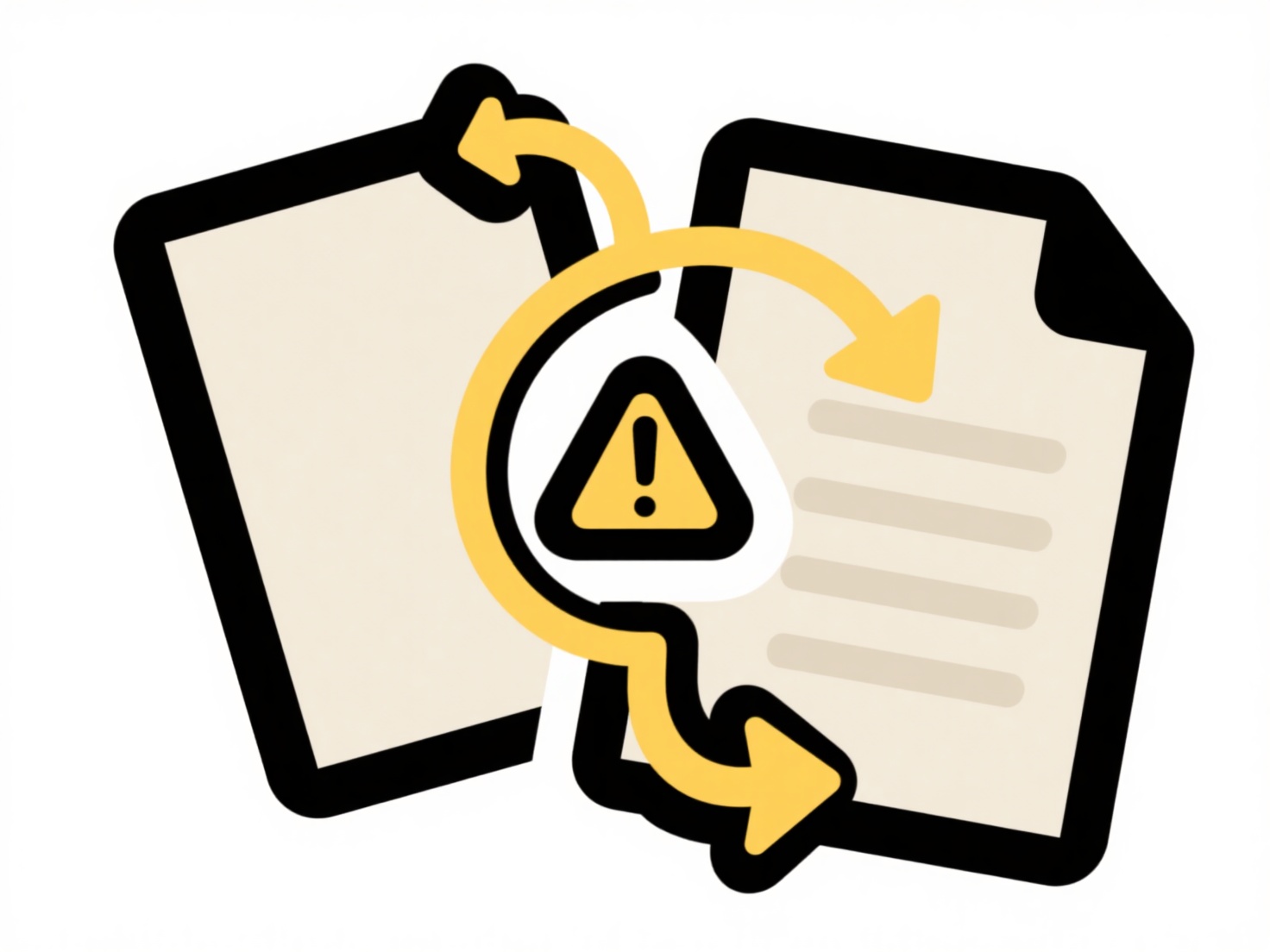
File access management controls who can view, edit, or share specific files and folders within a shared storage system (like cloud drives or servers). It assigns permissions based on team member roles (e.g., viewer, commenter, editor, owner) instead of granting blanket access. This differs from simply sharing everything, as it ensures sensitive information remains restricted, data integrity is maintained, and actions are traceable to individuals.
For example, a marketing team manager might grant "Viewer" access to finalized campaign assets for the sales department, while assigning "Editor" permissions only to their own team members actively working on drafts. Similarly, a project lead could share an engineering design folder with "Commenter" access to consultants, allowing feedback without letting them alter the original files directly, using platforms like Google Workspace, Microsoft SharePoint, or Dropbox Business.

This system significantly enhances security and accountability but requires careful setup and ongoing maintenance. Limitations include the potential complexity of managing numerous individual permissions and the risk of outdated access lingering after team members change roles or leave. Ethically, responsible access minimizes data breaches. Future trends involve smarter AI-driven permission suggestions and tighter integration with identity management platforms to streamline administration while maintaining security.
How do I manage file access for different team members?
File access management controls who can view, edit, or share specific files and folders within a shared storage system (like cloud drives or servers). It assigns permissions based on team member roles (e.g., viewer, commenter, editor, owner) instead of granting blanket access. This differs from simply sharing everything, as it ensures sensitive information remains restricted, data integrity is maintained, and actions are traceable to individuals.
For example, a marketing team manager might grant "Viewer" access to finalized campaign assets for the sales department, while assigning "Editor" permissions only to their own team members actively working on drafts. Similarly, a project lead could share an engineering design folder with "Commenter" access to consultants, allowing feedback without letting them alter the original files directly, using platforms like Google Workspace, Microsoft SharePoint, or Dropbox Business.

This system significantly enhances security and accountability but requires careful setup and ongoing maintenance. Limitations include the potential complexity of managing numerous individual permissions and the risk of outdated access lingering after team members change roles or leave. Ethically, responsible access minimizes data breaches. Future trends involve smarter AI-driven permission suggestions and tighter integration with identity management platforms to streamline administration while maintaining security.
Quick Article Links
Is there a portable version of Wisfile for secure external drive usage?
Is there a portable version of Wisfile for secure external drive usage? Wisfile operates as a local computer applicati...
How do I organize client deliverables?
Organizing client deliverables refers to systematically arranging and presenting the final outputs promised to a client,...
Can file names be case-sensitive?
File name case-sensitivity determines whether an operating system treats filenames differing only in uppercase and lower...